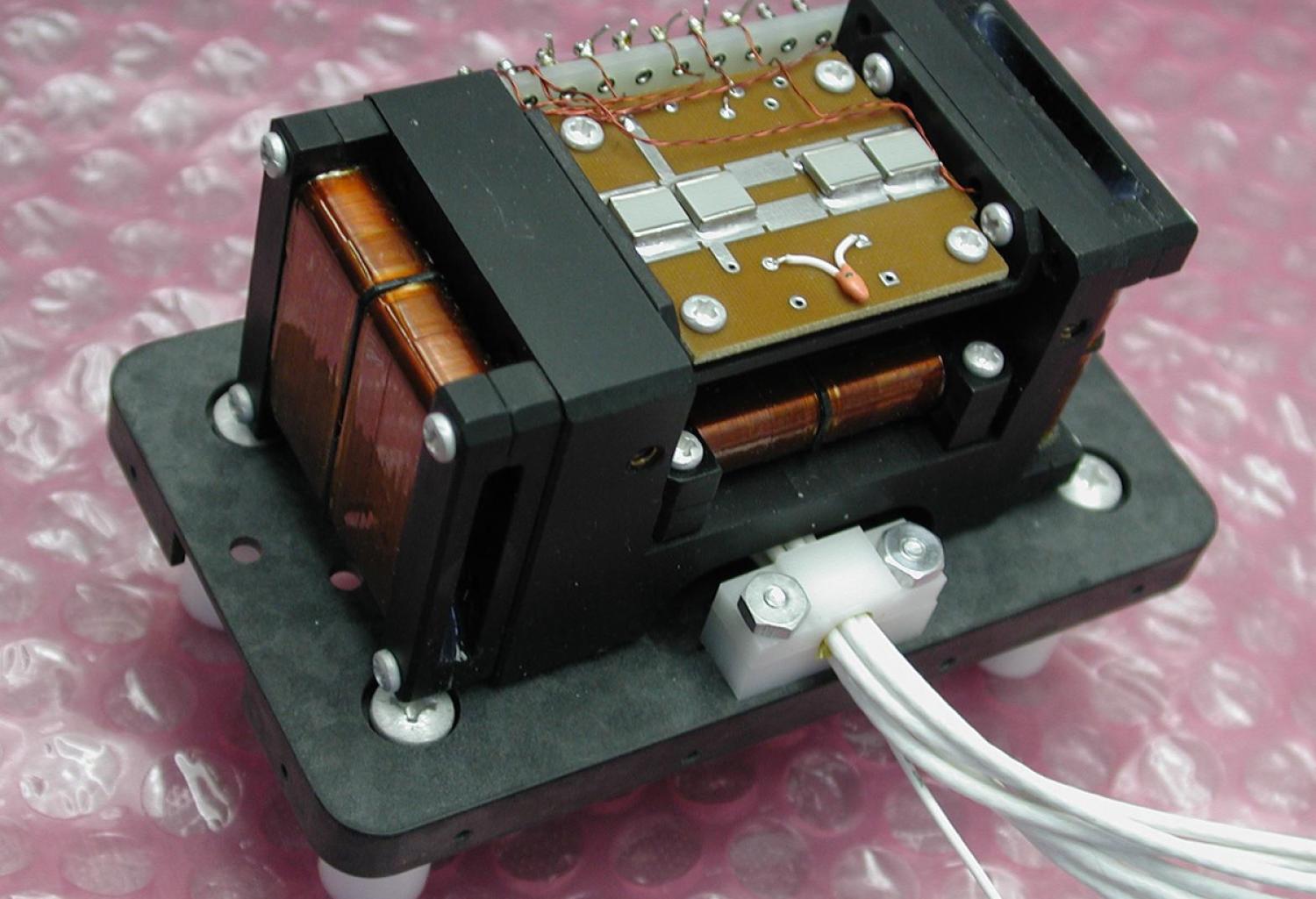Optically Pumped Magnetometers for Communication Reception

Background
Communications and location technologies are primarily based on the generation transmission, and reception of electromagnetic signals. In certain cases, the environment can distort, attenuate, or even completely prevent the signals from propagating between the transmitter and sensor. Specifically alternating current (AC) electromagnetic field experience high attenuation in metals, solid materials , water, and other conductive materials. Higher frequency signals increases the distortion from materials and therefore lower frequencies might be prefeed. Unfortunately the use of low frequencies comes at the price of reduced bandwidth leading to limited communication channel capacity. Other drawbacks include long wavelengths and large antennas as well as the dipole nature and the field strength drop that reduces the signal range.
Technology
Researchers at The University of Colorado Boulder have come up with a system compromising an optically pumped magnetometer to sense a modulated magnetic field wherein the modulated magnetic field includes encoded information, and a modulator communicably coupled to the optically pumped magnetometer and configured to decode an output of the OPM to identify the encoded information transmitted via the modulated magnetic field
Benefits
Compared to the case of traditionally used radio-frequency electromagnetic signals, their advantage in the presence of strong signal attenuation is in the extended spatial range. Some achieve high detection sensitivity. The spatial range can be extended to hundreds of meters when noise is suppressed by the use of the available sensor sensitivity. In some embodiments, a one-channel spread-spectrum signal processing technique can be used to eliminate the systematic fluctuations coming from power grids (or other sources) harmonics and reduce the ambient noise by averaging uncorrelated fluctuations from the environment.
Applications
- Location mapping (GPS, cellular and radios)
- Digital VLF data transmission (Such as in submarines)
- Detection of weak signals
- Programable circuitry
- Computer programming(readable mediums not limited to CD-ROMs, RAM, ERPOMs, EERPROMs, flash memories and more)
Stage of Development
Proof of Concept.
What's Next?
Available for exclusive or non-exclusive licensing
Nicole Forsberg: nicole.forsberg@colorado.edu
The Newsroom
For marketing and communication inquiries or news tips, contact Daniel Leonard, senior marketing and communications specialist for Venture Partners at CU Boulder.
For media inquiries, please visit colorado.edu/news/formedia.


